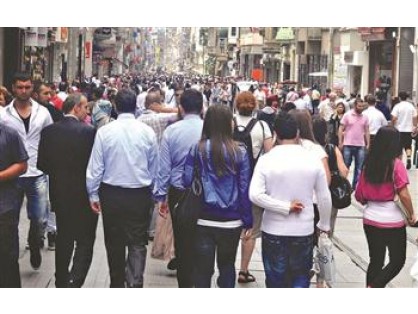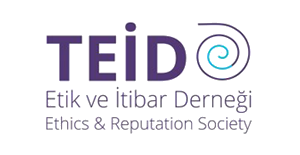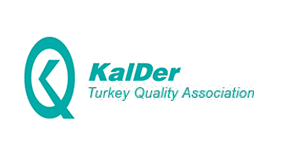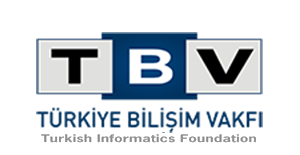Bridges Weekly Trade News Digest • Volume 17 • Number 39 • 21st November 2013
Negotiators for the planned US-EU trade agreement concluded their second round of talks last week in Brussels, with officials from both sides reporting “good and steady progress.” With the discussions reportedly back on their original timetable after a brief delay in October, both parties are now aiming to make enough headway in the talks to hold a political review in early 2014.
“I am glad to see that we are now fully back on track with the EU-US trade talks,” said EU Trade Commissioner Karel De Gucht on Friday, with his US counterpart, Michael Froman, similarly noting that the discussions were both “successful and productive.”
This week’s discussions focused primarily on regulations and investment, as well as services, energy, and raw materials. Due to scheduling difficulties, some meetings have also been occurring over videoconference, touching on issues such as intellectual property rights, small and medium enterprises, and competition policy. Future videoconferences are expected to tackle issues such as tariffs, labour, and environment.
Upcoming rounds, officials said, are likely to feature text-based discussions - underscoring the interest on both sides to move the talks forward quickly. Since the talks were first announced, officials from both sides have said that they want to achieve an ambitious agreement while following a rapid timetable.
The first round was held in Washington in July, just a month after the negotiations were launched, and dealt primarily with how the talks should be structured, as well as isolating any potential areas of convergence. (See Bridges Weekly, 18 July 2013) This second round - held in Brussels - had originally been scheduled for 7-11 October, before the partial US government shutdown forced them to be rescheduled. A third round of talks is already planned for the week of 16 December in Washington.
De Gucht: Keep “eye on the prize”
The pact has been touted as having major potential for creating new jobs and driving growth on both sides of the Atlantic, particularly given the continued struggles each party has faced in getting back on their feet following the financial crisis.
Just this week, the Paris-based Organisation for Economic Co-operation and Development (OECD) cut its previous global growth forecasts for next year, due partly to the “lagging and uneven recovery” in the eurozone and to how close the US came to breaching its debt ceiling in October, along with the slowdown being seen in some emerging economies.
A European Commission study has suggested that the deal, once completed, could add €119 billion and €95 billion annually to the EU and US economies, respectively, with much of these gains coming from removing non-tariff barriers - particularly in the areas of regulations and standards. The US and EU already have the world’s largest trade relationship, with bilateral trade in goods and services hitting €2 billion daily, according to 2012 estimates.
“Let’s keep our eye on the prize: more jobs for people in Europe, more growth for the European economy,” De Gucht said on Friday.
Regulations, investment
Consumer protection advocates on both sides of the Atlantic have questioned what the pact’s focus on regulations and standards - the trickiest part of the negotiations, and arguably where some of the big financial gains will come from - will mean for food and product safety.
Officials tried to assuage those concerns after this week’s meetings, with US chief negotiator Dan Mullaney telling reporters on Friday that nothing in the pact will “undermine the high standards of public health and safety, environmental protection, and consumer protection that citizens on both sides of the Atlantic expect and enjoy.”
Regulatory topics that were discussed during last week’s meetings included regulatory coherence, and a so-called “TBT-plus” chapter - which would include elements on technical barriers to trade that go beyond those in the related WTO agreement. Sectors where both sides wish to reach regulatory compatibility include, among others, automobiles, pharmaceuticals, information and communication technologies, and medical devices.
The US-EU pact is also set to include investment-related provisions, with both sides now reviewing their respective approaches to the subject. “There was a good degree of agreement on getting an ambitious deal while confirming the Parties’ regulatory freedom to legislate in the public interest,” the European Commission confirmed in a press release.
Financial services?
Officials are also expected to hold discussions on financial services in the weeks ahead - a surprising development for some trade observers, given that the topic is a thorny one for Washington.
While the US has said that the topic is best addressed in other contexts, such as the G-20, the EU has strongly pushed for including the issue in the trans-Atlantic pact. De Gucht said in an October speech that cooperating on this issue is essential for ensuring the financial resilience of both trading partners. (See Bridges Weekly, 17 October 2013)
Meetings to deal specifically with financial services regulation will occur before the third negotiating round, with officials set to meet in Brussels on 27 November to discuss the subject.
“The EU side has made clear that they want to have conversations in this area, and we are engaging in those conversations,” Mullaney told reporters last week.
The US and EU together account for 70 percent of world trade in financial services.
Both sides have also begun comparing their respective approaches on cross-border services, telecommunications, and e-commerce, officials said last week, and have begun outlining their respective market access interests in certain services sectors.
Source:ICTSD














